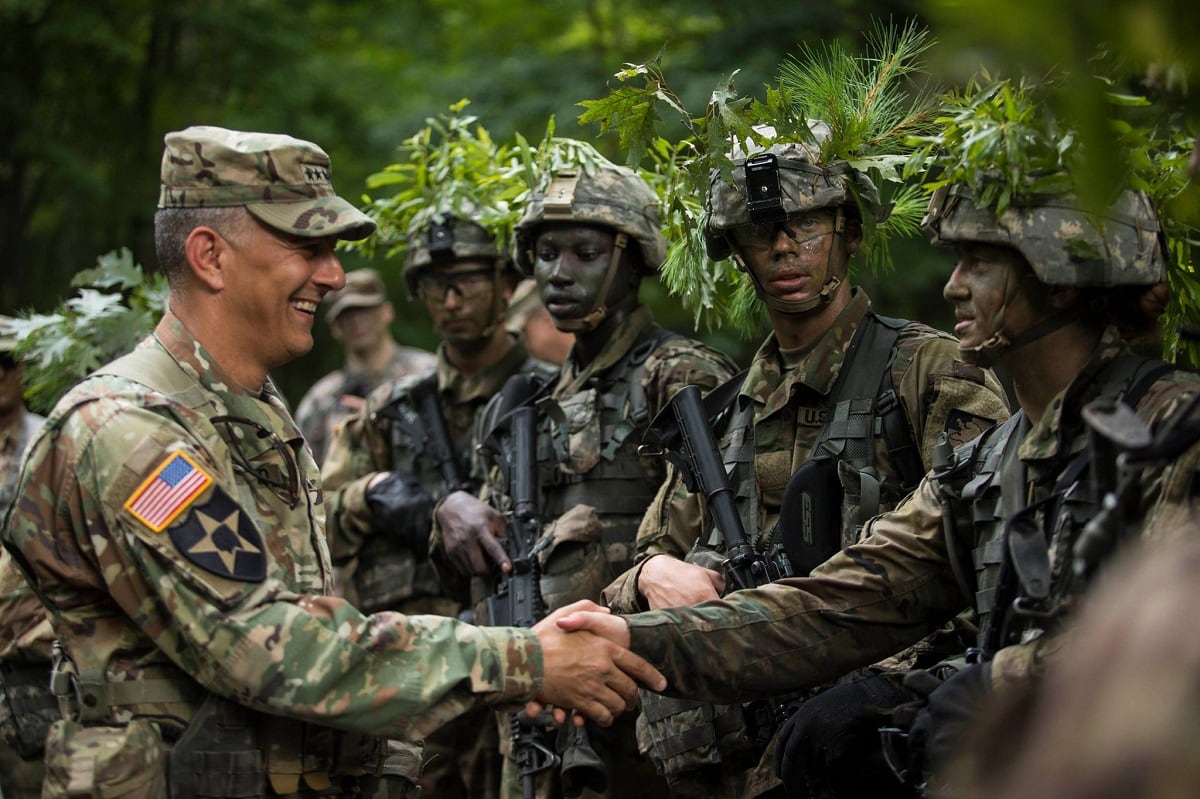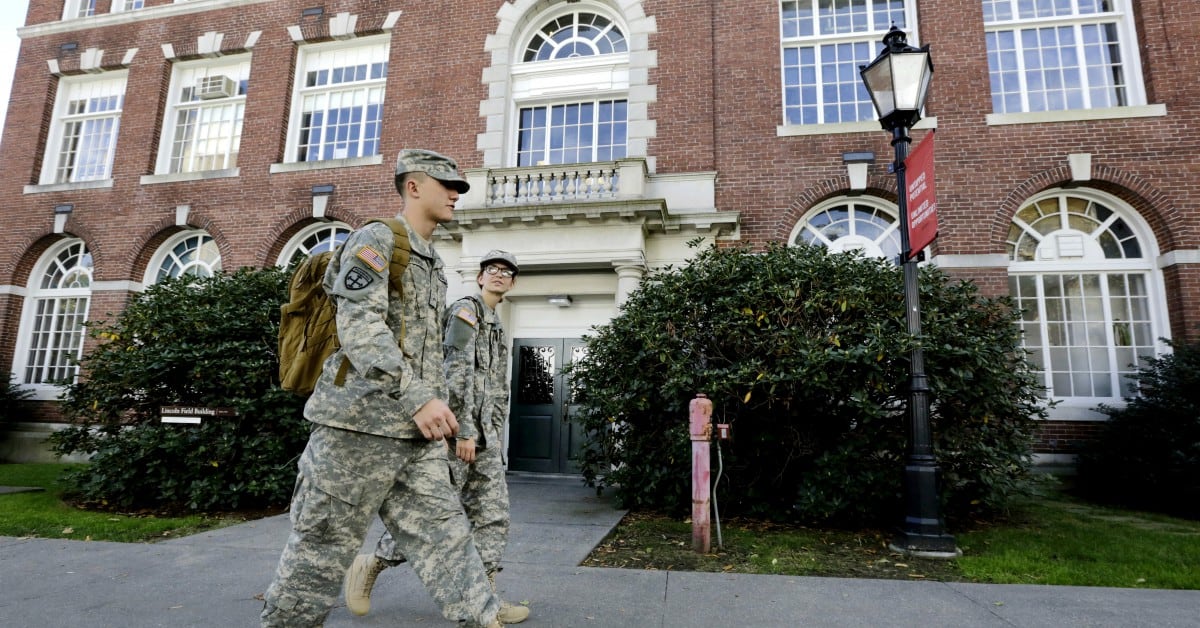The Army is on a mission to get to 500,000 active troops in the next four years, and coming to the realization that they have to change pretty much everything about the way they recruit to get there.
The South, Southeast and Midwest have been perennially successful recruiting grounds for decades, according to the head of Training and Doctrine Command, but it’s time to make a push toward more urban areas like Atlanta, Dallas and beyond to the West Coast and Northeast.
“We’ve used those areas to offset our lack of performance in other parts of the country," Gen. Stephen Townsend told reporters Tuesday at the AUSA annual meeting in Washington, D.C. “Well, that’s not where the population is growing the most. The population is growing in other parts of the country, and we have to succeed in those areas.”

Army Recruiting Command is working with a list of 22 cities ― some of them in already fruitful states like Georgia and Texas, while others are population centers like Seattle, Boston and New York.
Once there, they have to tackle the challenge of a fewer than 1 percent interest in serving among 17- to 24-year-olds. It generally only takes a little education to turn that around, Townsend said.
“What the research shows us is it’s really a lack of knowledge about what the armed forces do,” he said.
After meeting with a recruiter at an event or in school, he added, propensity shoots to over half. Recruiting can also tap into a sense of heritage in New England.
“We think we can actually be successful in Boston,” he said, adding that local recruiters have set him straight about the stereotype of big cities. " ‘What are you talking about, Boston doesn’t serve? Freedom started here. American independence started here.’ "
RELATED

That strategy will also include tailoring the message to different parts of the country, not only with advertising, but with public presentations.
“In Boston, they’re interested in high-tech jobs,” Townsend said, in cyber and working with computers.
Recruiting in big cities will focus on research of local populations, to tailor the approach for recruiters.
“And then we arm them with a message that resonates," Townsend said.
Meghann Myers is the Pentagon bureau chief at Military Times. She covers operations, policy, personnel, leadership and other issues affecting service members.




